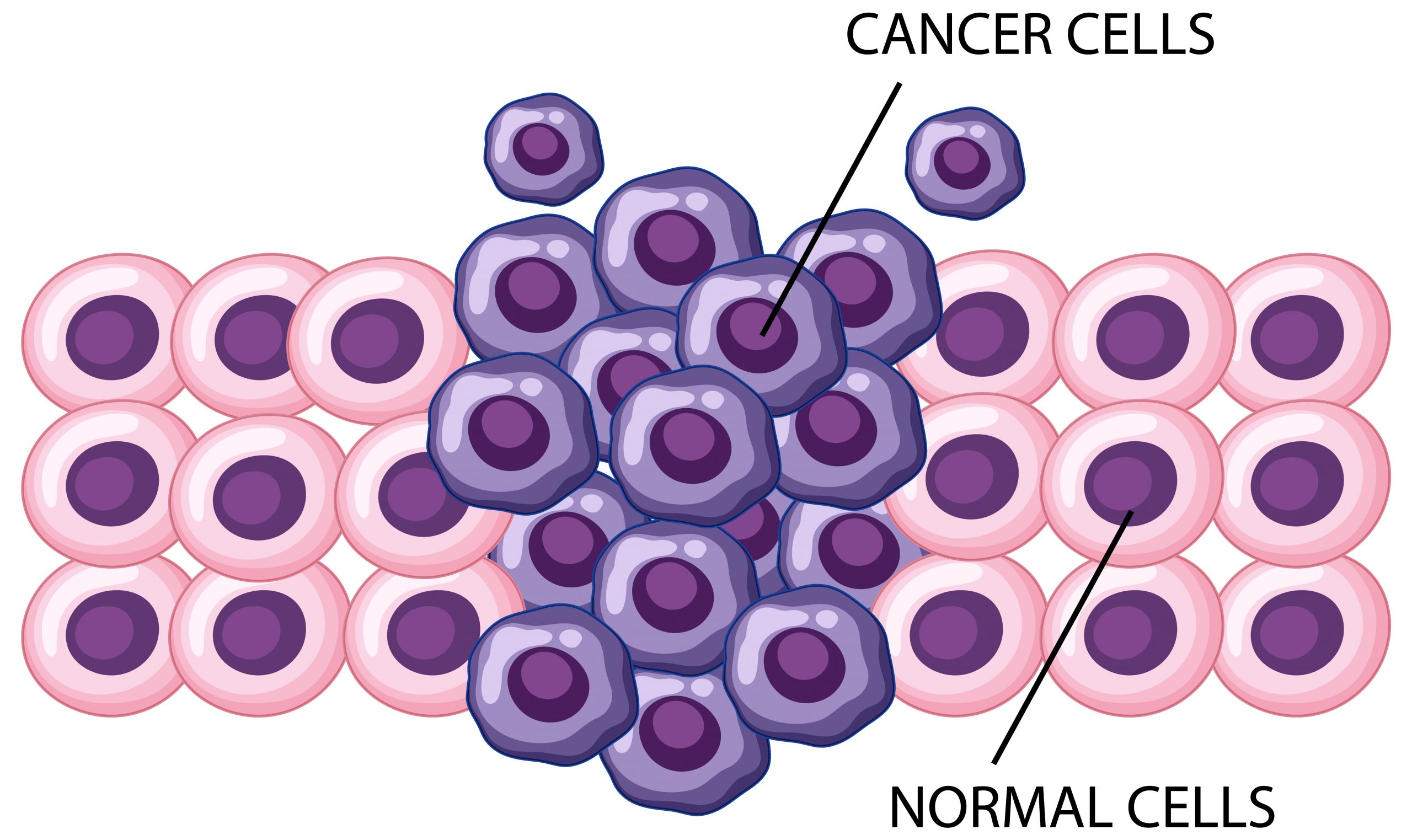

According to a study published in the open-access journal BMJ Oncology over the past three decades (1990-2019), there has been a startling 79% rise in the number of new cases of cancer among people under 50 worldwide.
The majority of “early onset” cases in this age range in 2019 were breast cancer. However, the data shows that the prostate and windpipe (nasopharynx) cancer rates have increased at the highest rates since 1990. In 2019, cancers of the breast, windpipe, lung, intestine, and stomach claimed the greatest number of lives and adversely affected health among younger persons.
According to a related editorial, the findings challenge conventional understanding regarding the types of malignancies that typically affect those under 50.
Cancer tends to affect older people more frequently, although research suggests that cases among those under 50 have increased globally since the 1990s in several regions. According to the researchers, however, the majority of these studies have concentrated on regional and national variances while very few have examined the problem from a global viewpoint or the risk factors for younger adults.
They used data from the Global Burden of Disease 2019 Study for 29 cancers across 204 countries and regions in an effort to close these information gaps.
For the purpose of estimating the annual percentage change between 1990 and 2019, researchers examined the incidence (new cases), fatalities, health effects (disability-adjusted life years, or DALYs), and contributing risk factors for all persons between the ages of 14 and 49.
The number of new cancer diagnoses among those under 50 reached 1.82 million in 2019, up 79% from the 1990 total. Breast cancer, with 13.7 instances and 3.5 fatalities per 100,000 people worldwide, was the cause of the most of these deaths overall.
But with predicted yearly percentage changes of 2.28% and 2.23%, respectively, for early-onset windpipe and prostate cancers, between 1990 and 2019, those new cases increased the fastest. On the other hand, early-onset liver cancer decreased year by an estimated 2.88%.
In 2019, 1.06 million people under the age of 50 lost their lives to cancer, an increase of little under 28% from the 1990 total. The cancers of the windpipe, lung, stomach, and intestine, with the steepest rises in fatalities among individuals with kidney or ovarian cancer, caused the biggest death toll and following ill health after cancer of the breast.
The regions with the greatest rates of early-onset cancers in 2019 were Western Europe, Australasia, and North America. However, low- to middle-income nations were also impacted, with Oceania, Eastern Europe, and Central Asia having the highest mortality rates for people under 50.
Additionally, early-onset cancer affected women more than males in low- to middle-income nations in terms of fatalities and subsequent ill health.
According to the researchers’ estimates, the number of new cases of early-onset cancer and the fatalities that go along with them will increase globally by 31% and 21%, respectively, in 2030, with people in their 40s being the most at risk.
The researchers speculate that genetic factors may be involved. However, the findings show that diets heavy in red meat, salt, and sugar and low in fruit and milk are the key risk factors underpinning the most frequent malignancies among people under 50, with physical inactivity, excess weight, and high blood sugar as contributing factors.
The researchers note that their findings have a number of limitations, chief among them being that there may have been under-reporting and under-diagnosis due to the varied quality of cancer registry data among nations. Additionally, they note that it’s yet unclear how much screening and early exposure to environmental factors may be affecting the observed patterns.
But, point out doctors from the Center for Public Health, Queen’s University Belfast, in a linked editorial, “The findings…challenge perceptions of the type of cancer diagnosed in younger age groups.”
They emphasize, “Full understanding of the reasons driving the observed trends remains elusive, although lifestyle factors are likely contributing, and novel areas of research such as antibiotic usage, the gut microbiome, outdoor air pollution and early life exposures are being explored.”
They conclude, “Prevention and early detection measures are urgently required, along with identifying optimal treatment strategies for early-onset cancers, which should include a holistic approach addressing the unique supportive care needs of younger patients.”
They add, “There is a pressing need for partnership, collaboration and resource distribution at a global level in order to achieve these aims.”
more recommended stories
 Lysosomal Function in Parkinson’s Disease Risk
Lysosomal Function in Parkinson’s Disease RiskThe genetic traits that affect the.
 Omega-6 Fatty Acid Role in Bipolar Disorder
Omega-6 Fatty Acid Role in Bipolar DisorderHigher concentrations of arachidonic acid, an.
 Transplant Drug Shows Promise in Slowing Alzheimer’s in Seizure Patients
Transplant Drug Shows Promise in Slowing Alzheimer’s in Seizure PatientsProtein imbalances, which heighten the excitability.
 Fentanyl Inhalation: Brain Damage Risks
Fentanyl Inhalation: Brain Damage RisksAfter treating a middle-aged man who.
 Enhanced Immune Response in New COVID-19 Vaccines
Enhanced Immune Response in New COVID-19 VaccinesAn improved vaccination offers an enhanced.
 Bioresorbable Wireless Sensor for Early Stomach Leakage Detection
Bioresorbable Wireless Sensor for Early Stomach Leakage DetectionIn a recent publication in Scientific.
 Neurocardiac Connectivity in Depression Treatment
Neurocardiac Connectivity in Depression TreatmentHeart rate deceleration and sadness may.
 Antioxidants: Impact on Quality of Life in Acne Vulgaris
Antioxidants: Impact on Quality of Life in Acne VulgarisA recent study published in the.
 Palliative Care Disparities for Opioid Users: Study Findings
Palliative Care Disparities for Opioid Users: Study FindingsIn contrast to individuals devoid of.
 Brain Pulsations Linked to High BMI
Brain Pulsations Linked to High BMIAccording to a new study from.

Leave a Comment